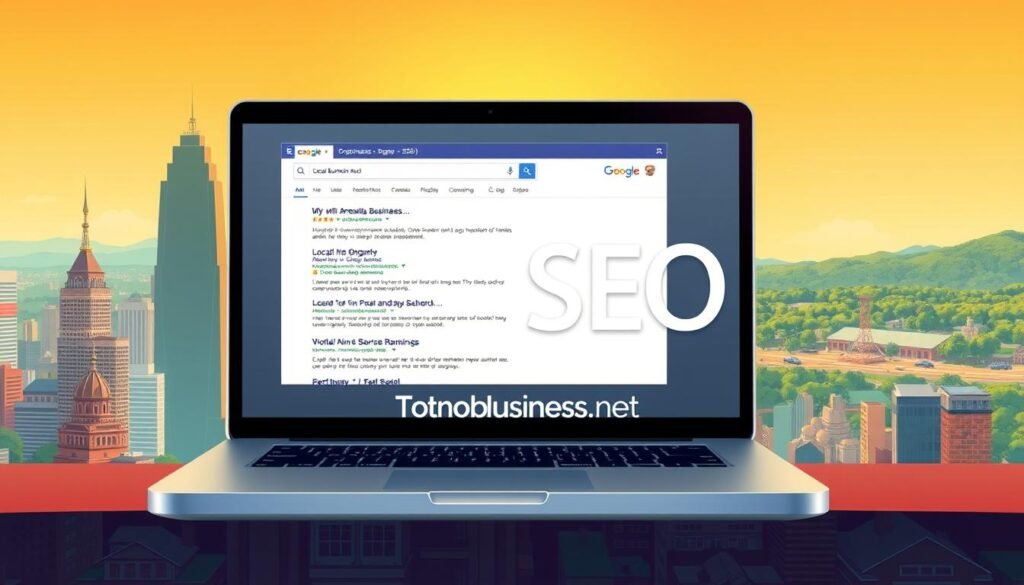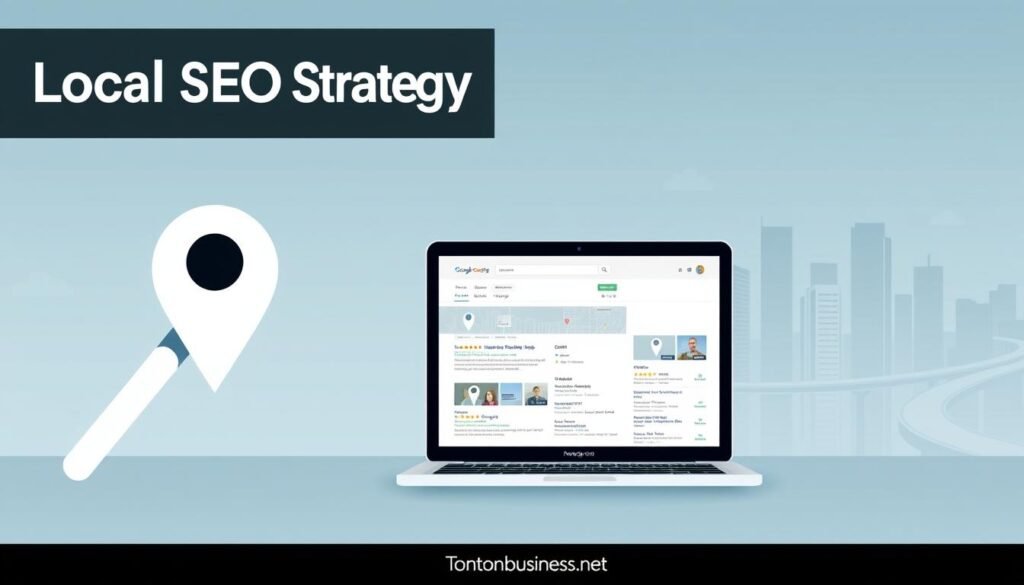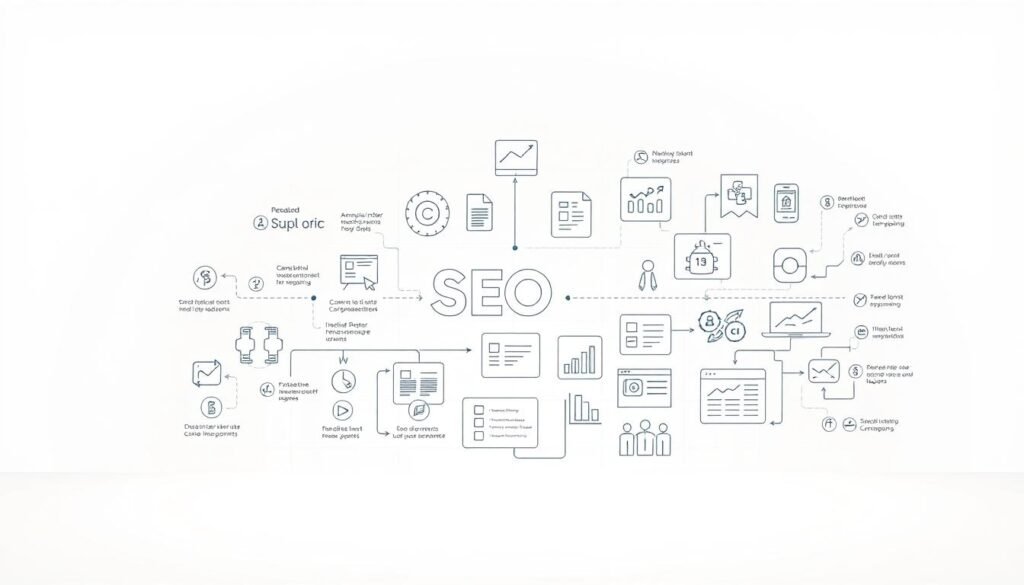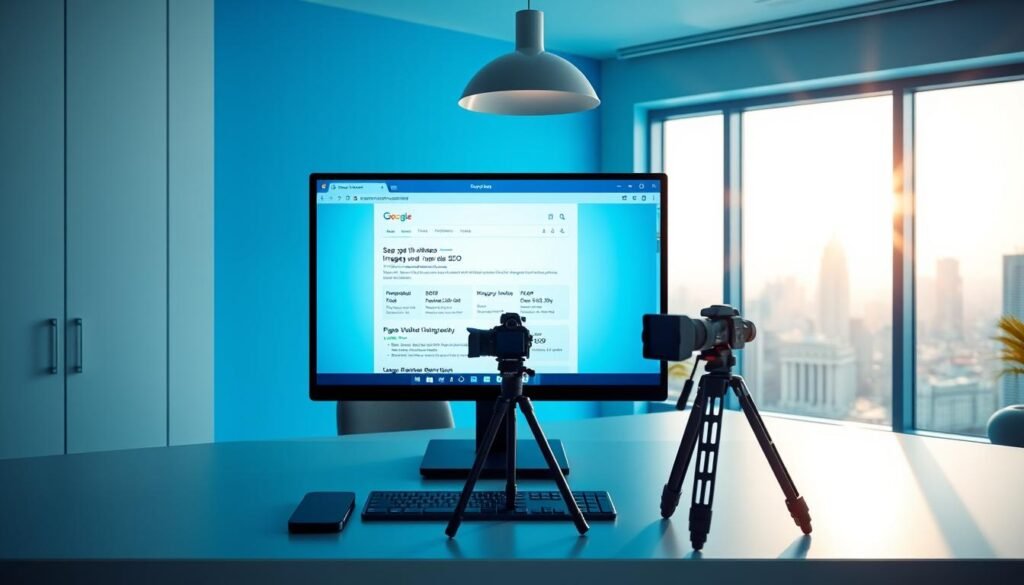You get a clear answer up front: what is the difference between local and organic seo is that local seo targets nearby customers for quick visits or bookings, while organic seo builds lasting visibility across search engines through website content and authority.
Local efforts lift profiles in maps and local listings to drive foot traffic and fast conversions. Organic work improves rankings on broad search, bringing steady web traffic and credibility over time.
You will learn how each approach supports your business model, from a single storefront to a national online brand. Expect clear guidance on results windows: quick wins from local profiles and steady gains from on-page and off-page optimization.
For help shaping your plan or checking current efforts, call +237 676550185 or email contact@tontonbusiness.net.
Table of Contents
ToggleKey Takeaways
- Local seo drives nearby conversions; organic seo grows long-term traffic and authority.
- Organic search still delivers most visits, while local intent often converts faster.
- Align your seo strategy to match your audience and business model.
- Local listings can move results quickly if fully optimized and accurate.
- Measure both short-term conversions and long-term ranking gains to guide action.
Understand Your Intent: Are You Trying to Win Nearby Shoppers or a Wider Audience?
Pinpointing intent helps you match tactics to how customers behave. About 46% of searches show local intent; users add city names, “near me,” or “open now.
Those quick mobile lookups convert strongly—roughly 28% end in a purchase. If your business relies on foot traffic or phone calls, prioritize maps, hours, and a strong profile.
For broader buyers who compare options, focus on content, guides, and demos that build trust over time. Analyze your queries to see whether people use urgent terms or long research phrases.
- Map buyers who use nearby modifiers vs. those doing wider research.
- Match page CTAs: directions and call buttons for urgent lookups; rich content for longer journeys.
- Check device signals—mobile quick checks, desktop deeper reading—and adapt layouts accordingly.
Not sure which intent dominates? We can review your data and build a plan—contact@tontonbusiness.net | +237 676550185.
What Is the Difference Between Local and Organic SEO?
Decide whether quick foot traffic or long-term search authority will better move your business forward. That choice drives where you invest time and budget in SEO.
Core goals: national/global visibility vs. specific geographic visibility
Organic seo scales reach across regions and targets broad keywords to win search engine results pages. It builds authority that drives steady sessions and trust over time.
Local seo aims at nearby customers through a focused google business profile, accurate listings, and consistent NAP. It converts searches into calls, directions, or visits fast.
Different SERP real estate and ranking factors
- Organic appears as blue-link results on search engines; it depends on content, links, and technical health.
- Map Pack and business profile dominate local search; relevance, distance, and reviews shape visibility.
- Both help overall online presence: authority from organic supports profile prominence, while reviews boost click-throughs in map listings.
If you need help tailoring both approaches, email contact@tontonbusiness.net or call +237 676550185.
How Organic SEO Works and When It Delivers the Most Value
Organic search wins when your audience needs deep answers and steady discovery over time. Search engines crawl, index, and rank pages while weighing demonstrated expertise, authority, and trust. That process rewards consistent signals across your website.
The mechanics are straightforward: bots discover pages, parse content for relevance, and place them in results based on on-site quality and off-site reputation. Structured topic models, like a pillar with cluster pages, help you own related queries.
Winning tactics today include careful keyword research, hub-and-spoke content, technical fixes, and quality links from reputable sources. Prioritize clean architecture so users and engines navigate your pages easily.
Performance signals matter. Fast page speed, mobile-first templates, schema markup, and smart internal linking boost visibility and click-throughs. These elements compound over time to lift rankings and sessions.
- Track impressions, rankings, and CTR for visibility.
- Monitor organic sessions and assisted conversions for business impact.
- Use dashboards to measure changes after updates and link wins.
If you want an audit of your website and KPIs, contact contact@tontonbusiness.net | +237 676550185.
How Local SEO Works and What Gets You Into the Local 3-Pack
Local pack placement depends on three core signals that guide Google when it ranks nearby businesses.
Local ranking drivers: relevance, distance, and prominence
Google weighs how well your listing matches a search query, how close your location is to the searcher, and how prominent your presence appears across the web.
Prominence comes from reviews, citations, links, and steady activity on your profile.
Your Google Business Profile playbook
Claim and fill your google business profile with accurate categories, attributes, hours, and high-quality photos. Post timely updates and use the Q&A to answer common queries.
Trust signals and mobile behavior
Reviews and consistent NAP across listings like Yelp, Bing Places, and Apple Maps boost clicks. Listings with photos get about 42% more direction clicks.
Optimize for mobile: speed, tap-to-call, clear directions, and up-to-date hours to convert near-me searches into foot traffic.
- Keep citations uniform across directories.
- Request reviews with short links and reply to feedback.
- Create location pages for multiple stores with maps and local proof points.
Need help optimizing profiles, citations, and reviews? Email contact@tontonbusiness.net or call +237 676550185.
Choosing a Strategy: Use Cases for Local SEO vs. Organic SEO
Choose a clear path so your marketing budget matches real customer behavior. This helps you focus on the actions that move your business now and over time.
If you have a physical location or a defined service area, integrate a local seo strategy into your broader plan. That ties online discovery to foot traffic, calls, and immediate bookings. Local-intent queries often deliver fast results when listings, hours, and directions are accurate.
If you sell nationwide or target non-location queries
Prioritize an seo strategy that scales content, builds authority, and raises organic sessions. This approach compounds: content and links drive steady traffic and leads across regions.
- You’ll match real-world models to practical choices: local-first for storefronts or service radii; organic-first for national sellers and information-led audiences.
- Stack priorities: secure critical listings and reviews while running content to claim category leadership.
- Expect windows: local updates can produce calls and visits quickly; organic growth takes months but expands reach.
- Plan resourcing tradeoffs so teams can handle profile work, citation upkeep, and content production without overload.
- Follow compliance and governance for multi-location businesses to keep information consistent at scale.
Want a custom roadmap for your locations or national growth? contact@tontonbusiness.net | +237 676550185
Make Them Work Together: A Unified SEO Strategy You Can Execute Now
A coordinated plan ties authoritative pages to optimized business listings for steady growth. You will align content, technical fixes, and profile work so each effort lifts the other.
Organic boosts local: publish pillar pages, earn quality links, and fix technical issues so search engines view your site as trustworthy. That authority helps you climb map pack rankings in competitive searches.
Local fuels organic: steady reviews, consistent NAP, and a complete Google Business Profile send engagement signals. Those metrics improve click-throughs and can lift performance in wider search engine results.
Action plan you can start today
- Prioritize key pages and technical fixes, then publish pillar and cluster content.
- Optimize your GBP: categories, attributes, Google Posts, and Q&A.
- Standardize NAP across listings and request reviews with short links.
- Set daily review requests, weekly content refreshes, and monthly link outreach.
AI-driven search favors complete, current, and trusted sources. Keep data fresh, structured, and sentiment-positive so pages compound value.
Start now: contact@tontonbusiness.net or call +237 676550185 for a unified plan, audits, and execution support.
Conclusion
Close your strategy by pairing fast, in-market signals with durable website authority.
Organic seo builds lasting visibility and authority, while local seo captures high-intent demand near your locations. Reviews and accurate listings turn discovery into calls, directions, and walk-ins fast.
Your website and content should educate visitors and support conversion pages. Use consistent profiles, steady review activity, and targeted keywords to lift search engine results across pages.
Track the KPIs we outlined, review wins monthly, and tune pages and profiles based on data. Ready to combine both approaches for stronger results? Contact contact@tontonbusiness.net or call +237 676550185.














